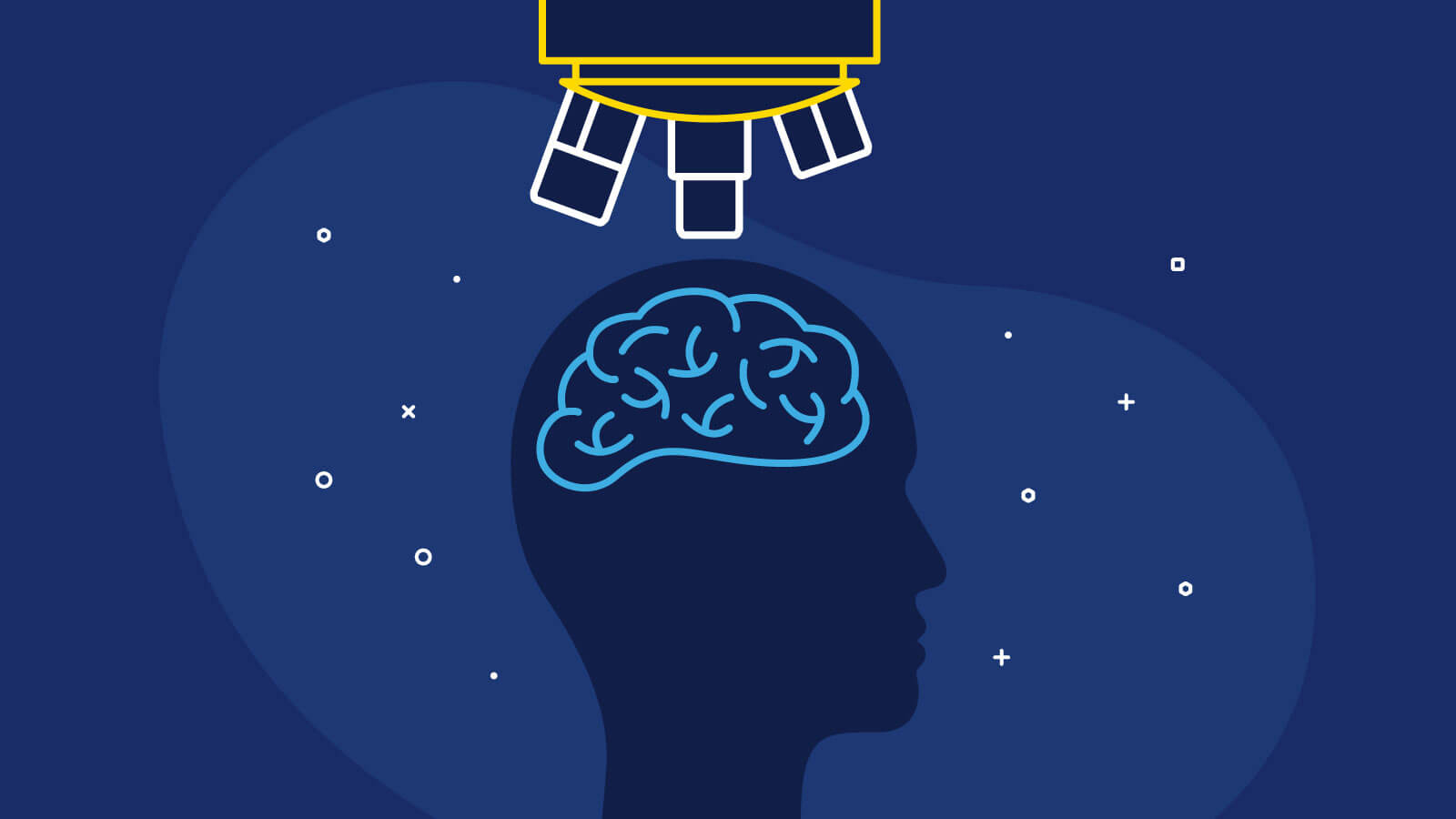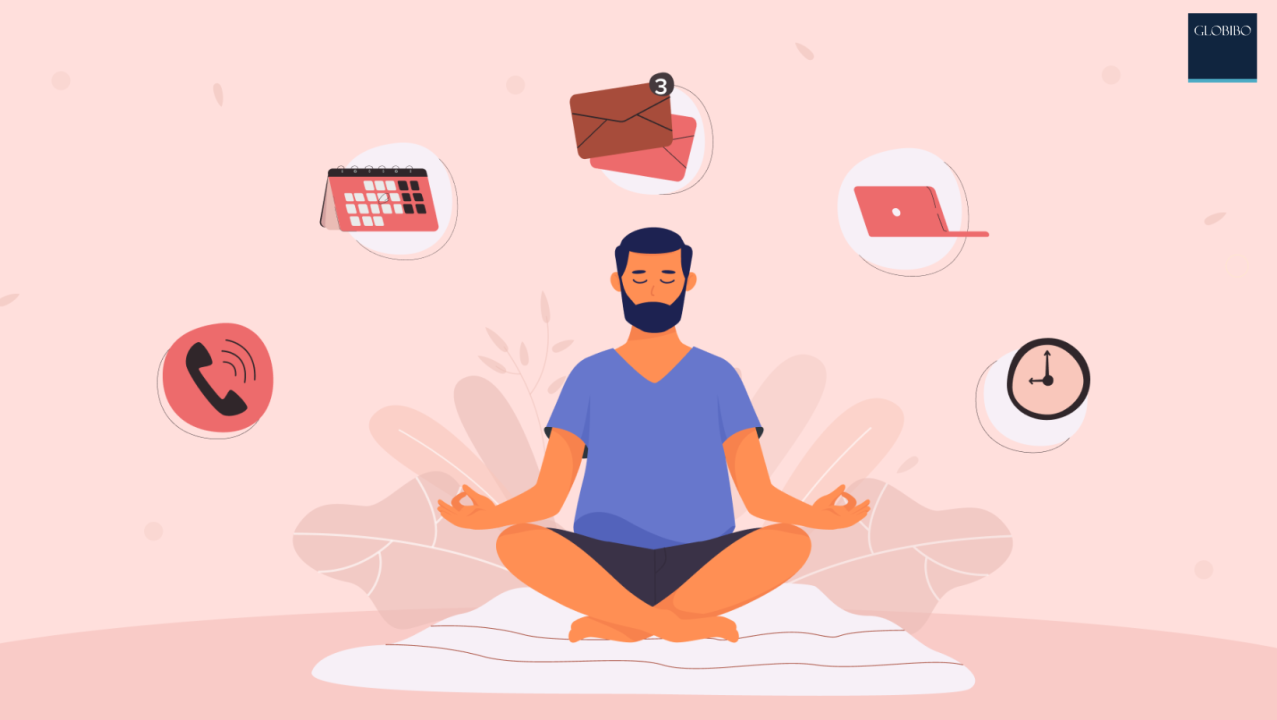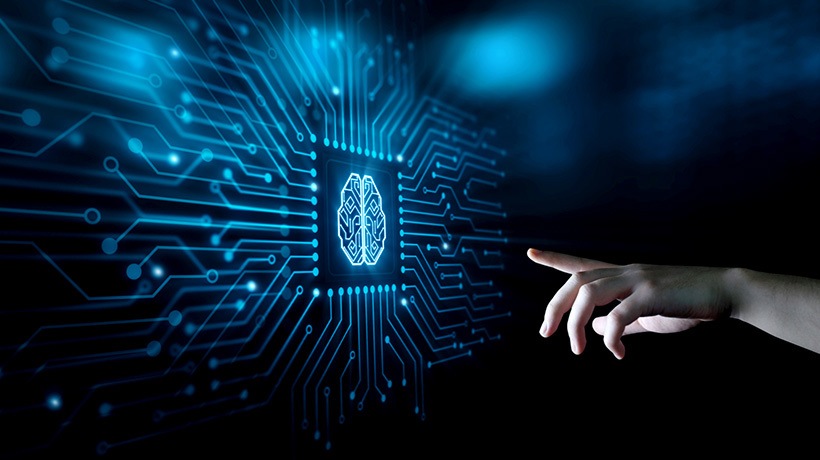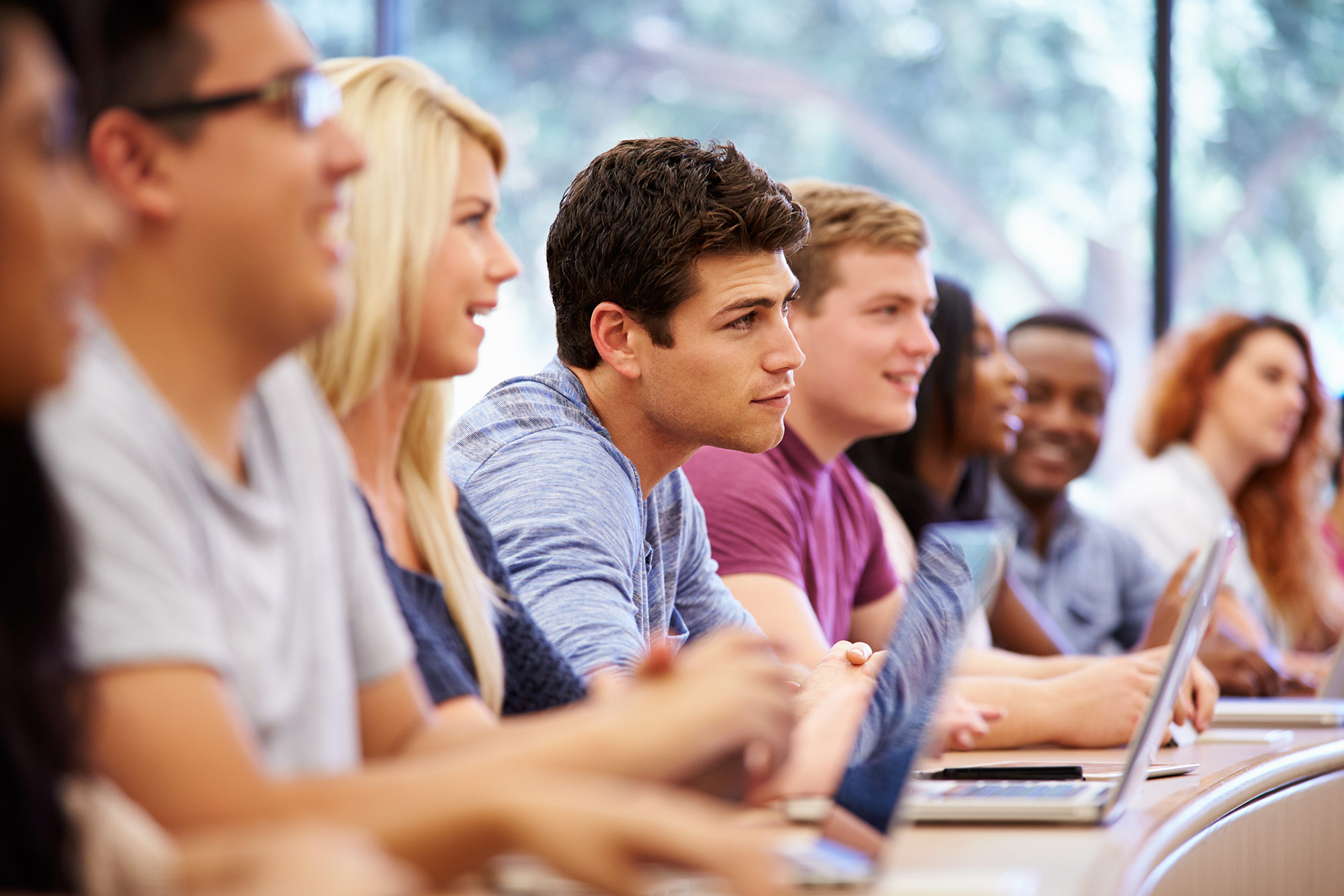Finding the correct balance between learning and leisure is crucial for kids’ entire development in the US’s dynamic and diverse educational environment. This balance involves mental health, academic commitment, and personal rest, not just time management.
Recognizing the need for this balance is the key to helping adolescents succeed intellectually and emotionally. Understanding how to balance academic pressures with modern life is crucial due to rising academic pressures and rapid living.
The Science Behind Effective Learning
Effective learning goes beyond study time. This complete strategy maximizes the brain’s ability to acquire, process, and retain information. Cognitive science-based spaced repetition, active recall, and interleaved practice go beyond rote memory.

These methods boost long-term memory via deepening comprehension. By using auditory, visual, and kinesthetic learning methods, children can learn in a way that suits them. This multidimensional method increases knowledge and makes learning more fun and engaging.
The Role of Relaxation in Cognitive Function
Relaxation is essential for mental health and cognition. It is proactive and restores the mind and body, counterbalancing academic rigors. Mindfulness, exercise, and hobbies are not simply fun; they reduce stress, boost creativity, and improve concentration.
These activities recharge the brain, making pupils more open to learning when they return to school. Meditation and yoga can also help students focus and relax, which is crucial for learning.
Strategies for Balancing Learning and Relaxation

To achieve a balanced lifestyle, students must employ specific strategies that cater to both their academic and personal needs. This balance is not a one-size-fits-all solution but rather a customizable blend that varies from student to student.
Time Management and Prioritization
Effective time management is crucial for both studying and unwinding. This skill requires setting priorities, establishing attainable objectives, and organizing study and leisure time in a structured yet adaptable manner. For students overwhelmed with deadlines, services like gonerdify reviews can provide insights on how to effectively use writing services for non-essential tasks, freeing up more time for focused study.
Apps, planners, and calendars facilitate time management and organization. Students can avoid exhaustion and preserve a healthy work-life balance by establishing limits and organizing study and leisure time. Effective time management necessitates declining non-essential responsibilities and placing research and leisure time above quantity in order to prioritize quality.
Incorporating Active Learning Techniques
Active learning transforms passive learning into interactive involvement. Collaborative projects, real-world problem-solving, and experiential learning enhance critical thinking and practical application. By making learning more interactive, students may learn more quickly and deeply.
They perform better academically and have more time for personal activities. Flipped classrooms and project-based learning can also make learning more engaging.
Utilizing Technology and Resources
Technology substantially enhances the learning process in the contemporary digital era. Educational applications, virtual libraries, and online resources provide students with an abundance of readily accessible information, thereby facilitating flexible and accessible learning.

It prompts prevalent questions among students, like “Is Nerdify legit?”. Every student should remember to check the reliability of the services they use, and an academic writing service is no exception.
Online progress monitoring, material organization, and peer and tutor communication are all possible through the utilization of these tools, including writing services. In addition, the incorporation of online courses and educational platforms offers a versatile learning environment that can be modified to accommodate different schedules and learning inclinations. It facilitates improved time management and provides supplementary opportunities for leisure.
Importance of a Supportive Learning Environment
The learning environment is a critical factor in a student’s academic and personal development. A supportive and nurturing environment not only aids in academic success but also contributes significantly to a student’s mental and emotional well-being.
Role of Educational Institutions

Educational institutions are essential for learning. It includes a flexible yet demanding curriculum, mental health and wellness tools, and an inclusive environment that values and meets students’ needs. Academic institutions should also encourage student participation, community development, and personal improvement activities.
Educational institutions can promote students’ holistic well-being through extracurricular activities, leadership, and community involvement. Such help can give students purpose and belonging.
Community and Peer Support
Community and peer support are crucial for students. Participating in student clubs, study groups, and community service projects can provide people with a sense of connection and support that helps them grow.
These activities provide a break from academic stress and promote life skills like communication, empathy, and collaboration. Mentorship programs between juniors and seniors, in which more experienced students provide guidance and support, can help students balance academics and recreational time.
Conclusion: Embracing a Holistic Approach
In conclusion, US students must balance learning and recreation. Effective time management, active learning, technology use, and a supportive learning environment are needed to achieve this balance. Students can succeed academically and live a satisfying life by using these tactics.





